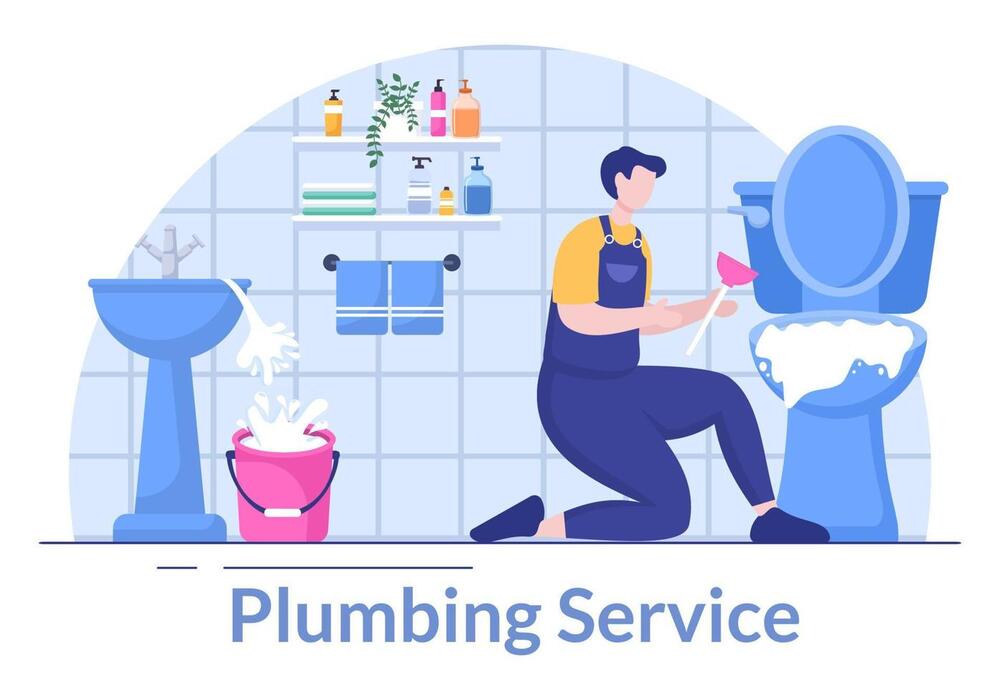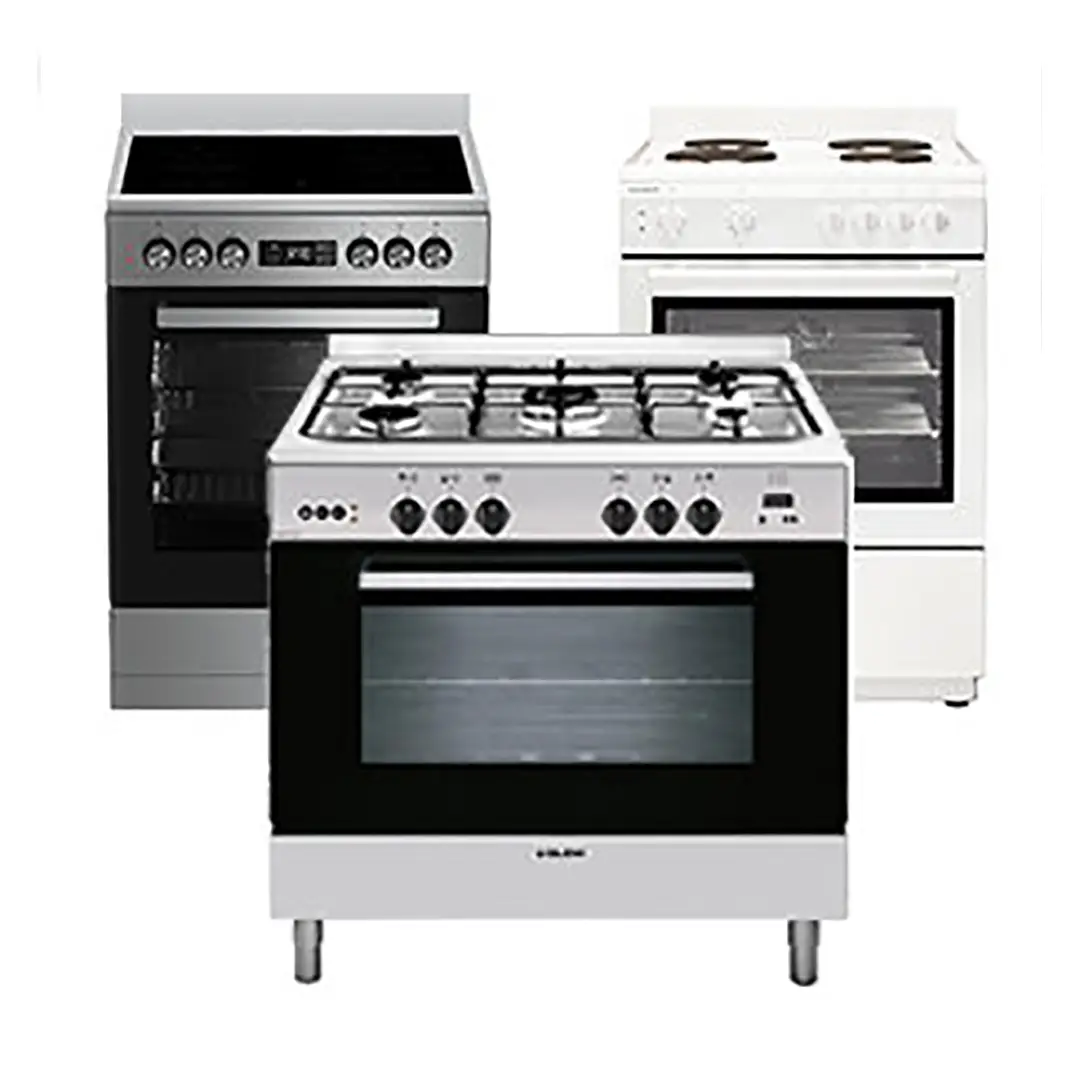
A Comprehensive Guide for Homeowners
Discover essential plumbing installation tips for homeowners. Learn about different types of plumbing systems, materials, and installation processes to ensure efficient water flow and drainage in your home.
Introduction to Plumbing Installation
Plumbing installation is a crucial aspect of any home construction or renovation project. Whether you’re installing a new plumbing system or upgrading an existing one, ensuring the correct setup is key to maintaining water flow, drainage, and overall system longevity.
In this guide, we will explore different types of plumbing systems, installation techniques, and materials used, helping you understand what to expect during the installation process.
Types of Plumbing Systems
- Water Supply System: Delivers clean water to faucets, showers, toilets, and appliances. Consists of pipes, valves, and fittings that ensure water reaches every corner of your home.
- Drain-Waste-Vent (DWV) System: Responsible for removing wastewater from your home. Ensures proper drainage and prevents sewer gases from entering the living spaces.
- Stormwater Drainage System: Directs rainwater and runoff away from your home. Typically includes gutters, downspouts, and underground pipes.
Plumbing Installation Process: Step-by-Step Guide
1. Planning and Design
- Determine the location of fixtures and appliances.
- Plan the pipe routing for both water supply and drainage.
- Consider the local building codes and regulations.
2. Choosing the Right Materials
- Copper Pipes: Durable and resistant to corrosion, ideal for water supply lines.
- PEX Pipes: Flexible, easy to install, and cost-effective, commonly used for both hot and cold water.
- PVC Pipes: Lightweight and resistant to chemicals, best for drain, waste, and vent lines.
- Galvanized Steel: Mostly used in older homes but is prone to rust and corrosion over time.
3. Installation of Water Supply Pipes
- Start with the main water line and branch out to individual fixtures.
- Ensure proper pipe connections to avoid leaks.
- Install shut-off valves for each fixture to allow easy maintenance.
4. Drainage and Ventilation
- Install the drain pipes with the correct slope to allow for proper water flow.
- Use vent pipes to prevent backflow and allow gases to escape.
- Connect the system to the main sewer or septic system.
5. Testing the System
- Once the installation is complete, test for leaks and water pressure.
- Check drainage efficiency and ensure proper ventilation.
Common Plumbing Installation Mistakes to Avoid
- Using the wrong pipe materials for specific applications.
- Incorrect slope in drain pipes, causing slow drainage.
- Poorly sealed joints leading to leaks.
- Not adhering to local building codes and regulations.
Tips for a Successful Plumbing Installation
- Always hire a licensed plumber for major installations.
- Ensure regular maintenance to prolong the life of your plumbing system.
- Use high-quality materials to prevent frequent repairs and replacements.
Conclusion
Proper plumbing installation is essential for the smooth operation of your home’s water and drainage systems. By understanding the types of plumbing systems, choosing the right materials, and following a systematic installation process, you can ensure long-lasting efficiency and avoid costly repairs in the future.





